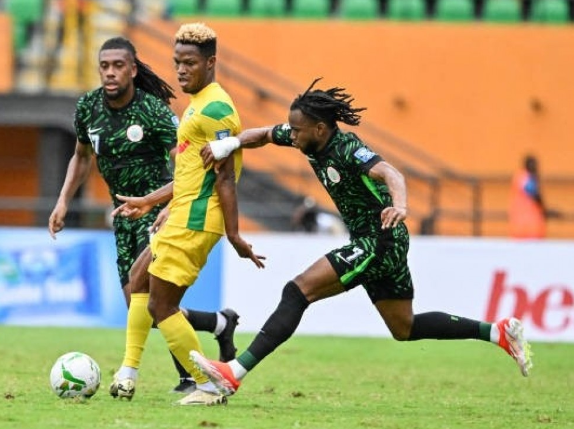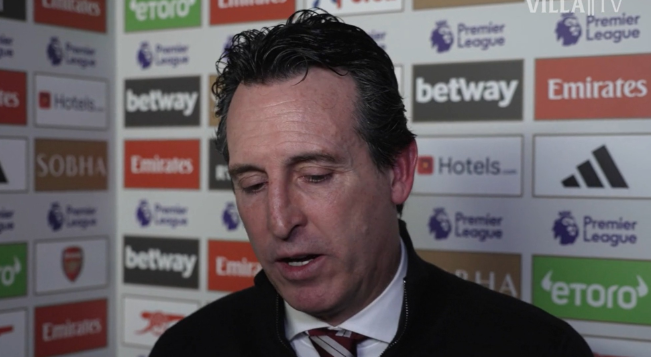
Photo: Argentina's tactical layout shows first signs of promise
Under the spotlight, Argentina showed a strong performance and despite the gap between them and their opponents, they changed their lineup for the third game of the group stage, with Enzo Fernández being given a heavy role at the back, forming a partnership with De Paul, and Mac Allister being pushed into the midfield, while DiMaria was withdrawn and PapuGomez, Alvarez and Messi partnering up front.
(Starting lineup shown)
Illustration: Tactical Illustration of Argentina
The match started with Alvarez attacking aggressively while Messi was a little more conservative and ready to take over. Argentina attacked fiercely, with De Paul pressing forward, Molina alternating on the right, and Acuña on the left pressing forward into midfield, with Mac Allister pushed further forward, putting Australia under pressure.
However, when Australia solidified their back line, Argentina struggled to break through, lacked sufficient numbers in the middle and the front four looked isolated.
Australia started to play long passes, the formation widened and the center was given to Mooy to pass the ball, they continued to attack the left side, Behich and Irvine were active. Argentina's right side was under pressure and space for long passes appeared, but Mooy and others were limited in their ability to make long passes with too much force, making it difficult for the sides to pick up the ball.
Photo: Argentina's offense is blocked
Argentina's offense was weak and struggled to press Australia physically, and the overall attack did not overwhelm the opponent with few chances on goal. However, in the 34th minute, Messi's set-piece from the right was headed away and Argentina gained possession again. Messi moved into the box to receive the ball and Mac Allister passed it straight to Otamendi, who gently pushed the ball towards Messi, who scored with a low, rolling ball to give Argentina the lead.
After Australia fell behind, began to press high, Argentina's back line is unstable, especially the back of the receiver is not enough, the back line is directly under pressure, can only be a big foot to clear the ball, Australia to use this to physical advantage and Argentina to scramble for the ball in the air, the strategy is effective.
In the second half, Australia continued to press high up the pitch and Argentina changed their formation in the 49th minute when they replaced PapuGomez and brought on Linsandro Martinez.Acuña came on and helped the team's overall push and his partnership with Mac Allister was not able to result in an inside pass or cross, but Australia was getting nervous and Argentina started to harass the center backs and goalkeepers, and Australia is nervous about passing the ball out of the back.
Photo: Argentina adds to the list
In the 57th minute, when the Australian goalkeeper received a pass back, De Paul didn't stop and rushed straight up to press the goalkeeper, causing him to fail to kick the ball out, and Alvarez grabbed the ball and scored easily to give Argentina a 2-0 lead.
The two teams were at a standstill as Australia kept changing players to strengthen the pressure, while Argentina replaced Acuña and Alvarez with Tagliafico and Lautaro Martinez to play counter-attacks. In the 77th minute, Goodwin fired a shot from outside the box that Enzo Fernández attempted to block, but it was deflected into his own goal, giving Australia a 2-1 draw and ending the match 2-1 in favor of Argentina.
Argentina won, but with a lot of problems. enzo Fernández had the advantage of playing at the back, De Paul liberated the pressure, but against a dense Australian defense, Argentina did not have enough destructive power in front of the ball. what was really effective was the left side pressure from Acuña and Mac Allister, but it has not yet resulted in a shot or a chance to grab a point. With Australia pressing hard, Argentina lacked a dedicated back to cover the backline and could only clear high balls, with Messi's talismanic shot breaking the deadlock and forcing Australia to attack before they had the chance to force their opponents into mistakes.






























